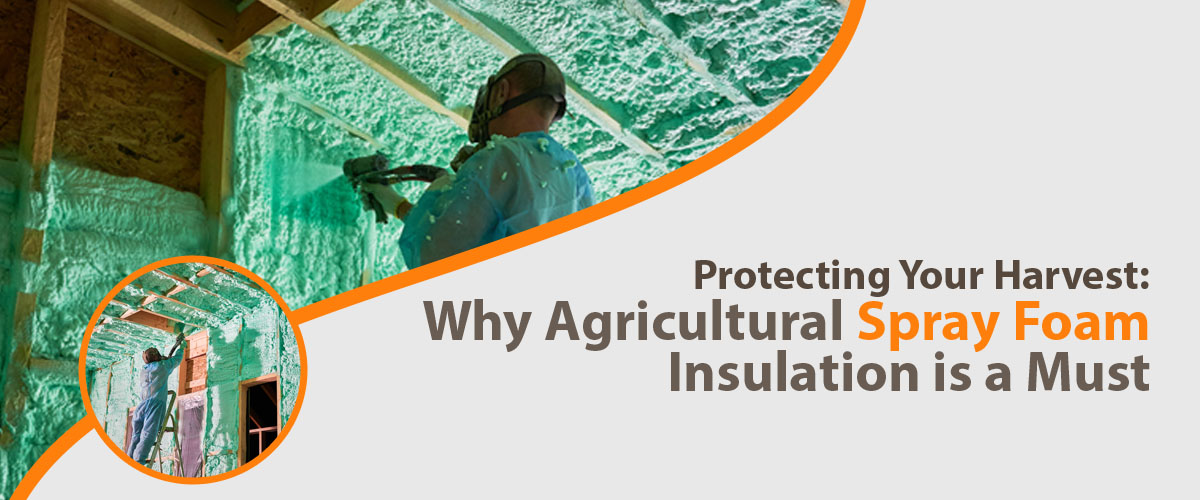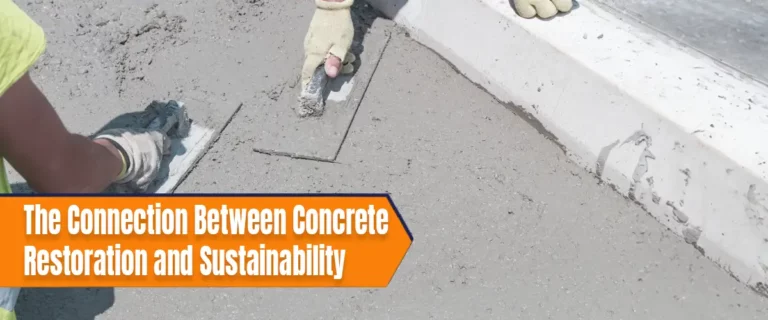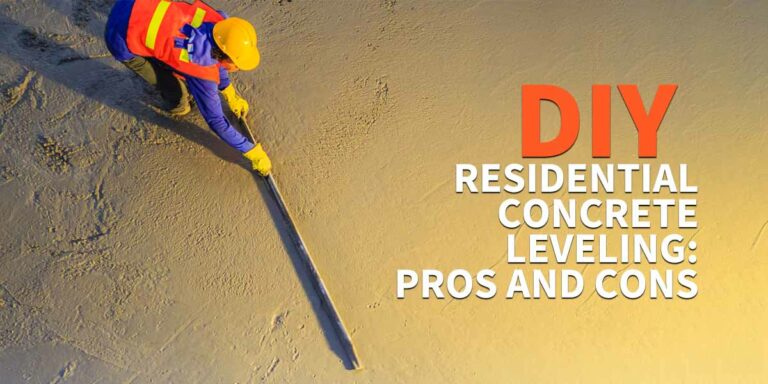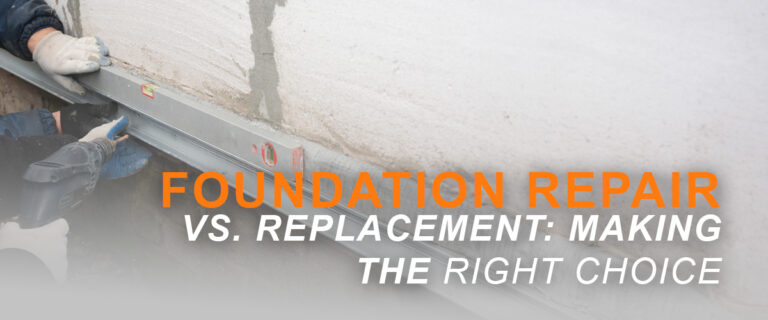Protecting Your Harvest: Why Agricultural Spray Foam Insulation is a Must
Safeguarding agricultural produce is a critical concern for farmers worldwide. The vulnerability of crops to environmental factors demands innovative solutions. One such solution gaining traction is the application of agricultural spray foam insulation. This article aims to explore the pivotal role of insulation in preserving harvests. Let’s now delve into the efficacy of agricultural spray foam insulation in this regard!

The Importance of Proper Insulation in Agriculture
The significance of proper insulation in agriculture is underscored by its pivotal role in ensuring optimal storage conditions and preserving the quality of harvested crops. Here’s how insulation influences agricultural success:
- Controlled Environment Creation: Insulation acts as a shield, creating a controlled environment within agricultural structures. This control protects crops from temperature fluctuations and external elements, ensuring their quality and longevity.
- Protection Against Adverse Impacts: Proper insulation safeguards crops from the detrimental effects of excessive moisture and varying climatic conditions. This protection is crucial in preventing rapid spoilage and maintaining the integrity of stored produce.
- Challenges of Inadequate Insulation: Inadequate or absent insulation heightens the risk of post-harvest losses. It increases energy consumption for temperature regulation and exposes crops to greater susceptibility to pest infestations.
- Impact on Crop Integrity and Profitability: Insufficient insulation compromises the quality of stored crops, diminishing their market value and impacting the profitability of agricultural operations. It poses challenges in maintaining the desired conditions for long-term storage.
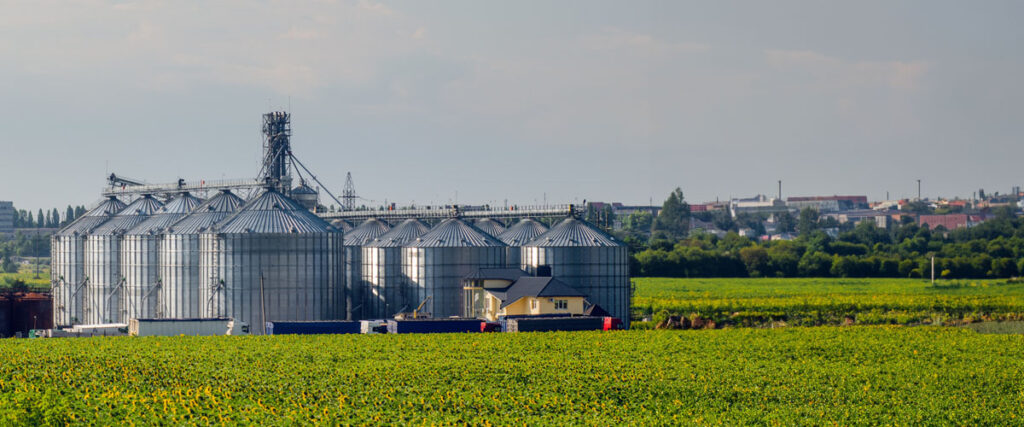
Overview of Agricultural Spray Foam Insulation
Agricultural spray foam insulation is a versatile solution to fortify structures integral to farming practices. This innovative insulation method involves the application of a specialized foam that expands upon contact with surfaces, creating a seamless and robust barrier. Its efficacy lies in the meticulous sealing of gaps and crevices. With this, it effectively prevents the intrusion of external elements into storage areas. Typically used in barns, storage facilities, and various agricultural structures, agricultural spray foam insulation protects against temperature fluctuations and environmental factors.
Its adaptability allows for precise application, ensuring comprehensive coverage in spaces where conventional insulation methods are challenging or ineffective. This insulation method is renowned for creating a consistent and durable layer that enhances the structural integrity of agricultural buildings while providing optimal conditions for storing harvested crops.
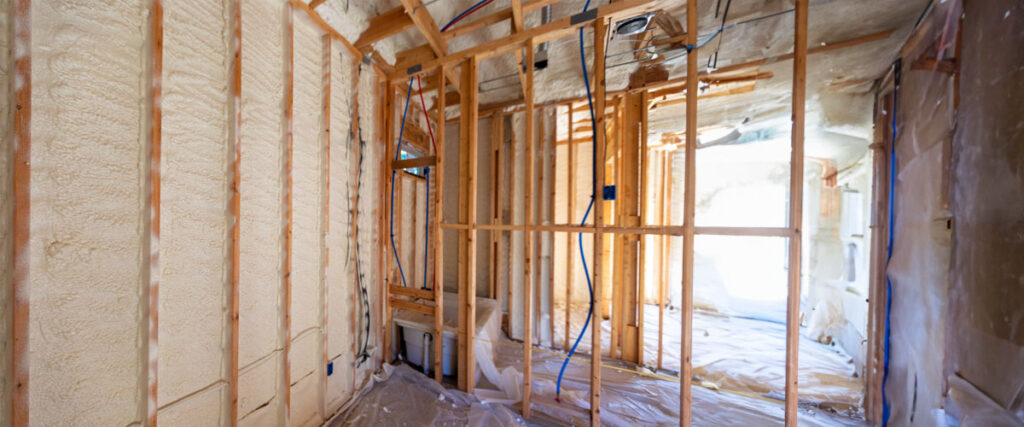
Benefits of Agricultural Spray Foam Insulation
Agricultural spray foam insulation presents a suite of benefits crucial for safeguarding crops and optimizing storage conditions:
- Temperature Regulation: Through precise control, agricultural spray foam insulation creates an internal environment within storage structures that shields produce from extreme temperatures, preserving freshness and market value.
- Pest Deterrent: The robust barrier formed by this insulation method is a deterrent against pests and rodents, preventing infestations and safeguarding produce from damages caused by intruders.
- Reduction in Energy Costs: By creating an airtight seal, agricultural spray foam insulation significantly enhances the effectiveness of heating and cooling systems, leading to substantial energy savings for farmers.
- Durability: Its resilience against wear and tear ensures long-lasting protection, reducing maintenance needs and offering sustained effectiveness season after season.
Agricultural spray foam insulation’s multifaceted advantages make it an indispensable asset for farmers seeking to protect their harvests and enhance storage capabilities.
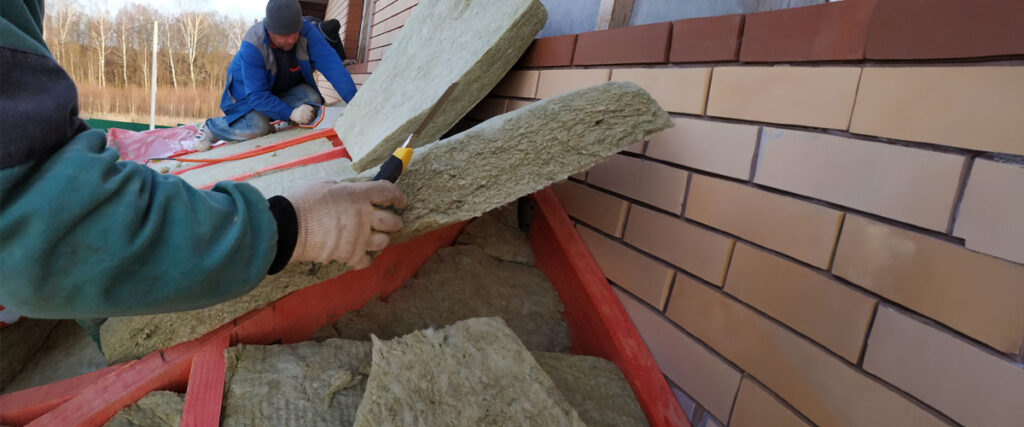
Installation of Agricultural Spray Foam Insulation
Skilled professionals excel in the meticulous installation of agricultural spray foam insulation. The process involves several key steps to ensure optimal effectiveness:
- Assessment and Preparation: Trained technicians begin by assessing the structure, identifying potential areas of vulnerability, and preparing surfaces for the application. Surface preparation is crucial to ensure proper adhesion and coverage of the foam insulation.
- Application Process: Using specialized equipment, the foam insulation is applied meticulously to create a seamless and uniform layer. The foam expands upon application, filling gaps and sealing surfaces effectively.
- Safety Considerations: During installation, adherence to safety protocols is paramount. Professionals have the necessary protective gear and follow established safety guidelines to ensure a safe working environment.
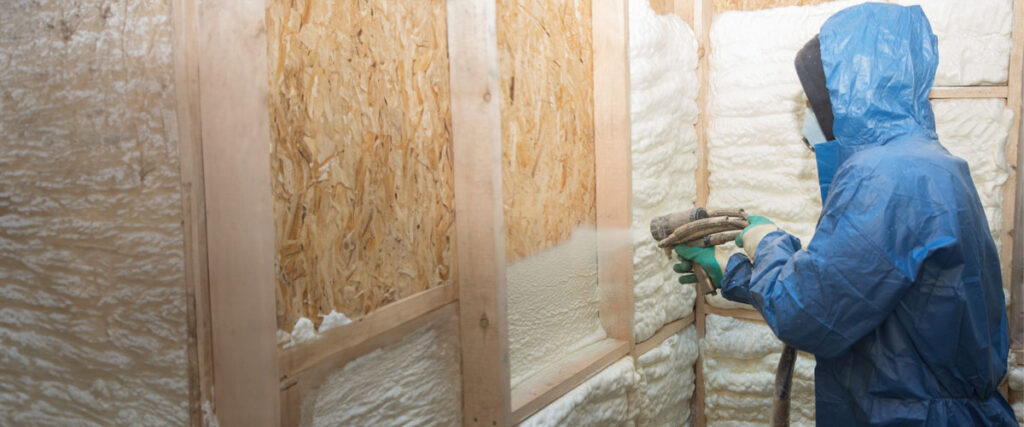
A. Why Should You Hire An Expert Agricultural Spray Foam Installator?
Professional installation of Kansas agricultural spray foam insulation is essential for several reasons:
- Expertise and Precision: Trained installers possess the expertise to apply the insulation methodically, ensuring complete coverage and optimal performance.
- Quality Assurance: Professional installation guarantees the quality and efficacy of the insulation, minimizing the risk of potential issues or improper application that could compromise its effectiveness.

B. Factors To Consider When Hiring Professionals
Before embarking on the installation of agricultural spray foam insulation, farmers should consider several factors:
- Credentials and Experience: Selecting reputable and experienced professionals ensures a successful outcome. Checking credentials, certifications, and prior experience in agricultural insulation installations is advisable.
- Structural Evaluation: Assessing the structural integrity of the building and identifying specific insulation needs based on the type of structure is crucial. Understanding the space’s unique requirements helps determine the amount and type of insulation needed.
- Cost and Long-Term Benefits: Evaluating the installation cost against long-term benefits such as energy savings, reduced maintenance, and preservation of produce helps make an informed investment decision.
By prioritizing professional installation and considering critical factors before the installation begins, farmers can ensure the practical application of agricultural spray foam insulation, optimizing its benefits for protecting their harvests and farming structures.
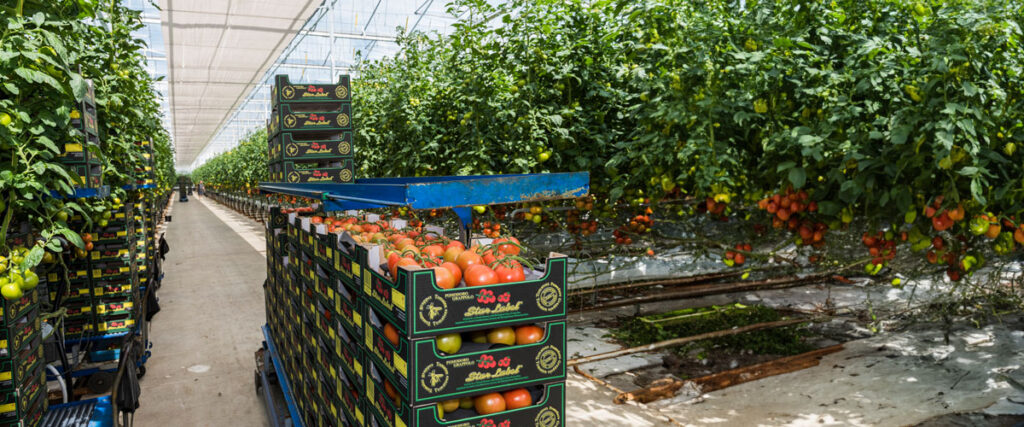
Spray Foam: Shielding Your Harvest’s Future.
Agricultural spray foam insulation plays an imperative role in safeguarding your harvest. Its multifaceted benefits, from precise temperature control and pest deterrence to energy efficiency and enduring durability, make it an indispensable asset for farmers. By investing in Kansas agricultural spray foam insulation, you fortify your yields against environmental risks, ensuring the longevity and quality of your hard-earned produce. It’s time to take proactive steps in preserving your harvest—consider agricultural spray foam insulation as the reliable solution for securing your crops and elevating the resilience of your farming operations. Embrace this innovative insulation method and safeguard your harvest for seasons to come!
Resources:
- Wang Yong & Liu Jie (2007). Use of Polyurethane Foams Complex Material to Preserve Moisture and Fertility, Polymer-Plastics Technology and Engineering, 46:10, 943-947, https://doi.org/10.1080/03602550701280430
- Ates, M., Karadag, S., Eker, A. A., & Eker, B. (2022). Polyurethane foam materials and their industrial applications. Polymer International, 71(10), 1157-1163. https://doi.org/10.1002/pi.6441

